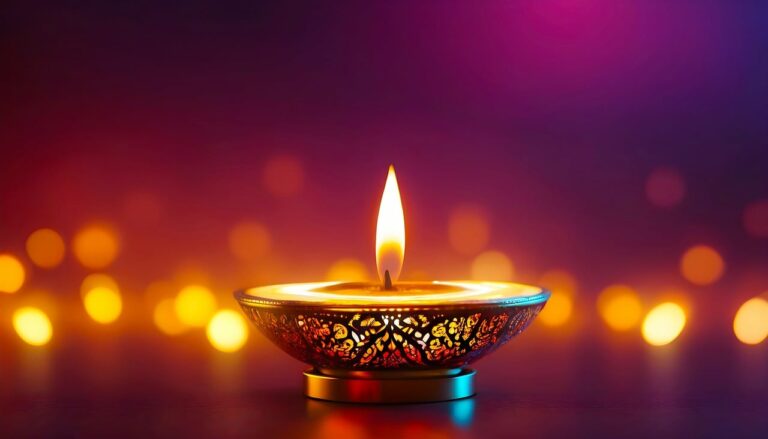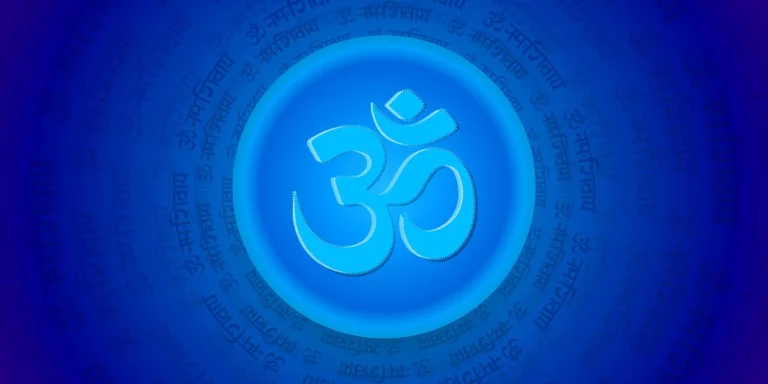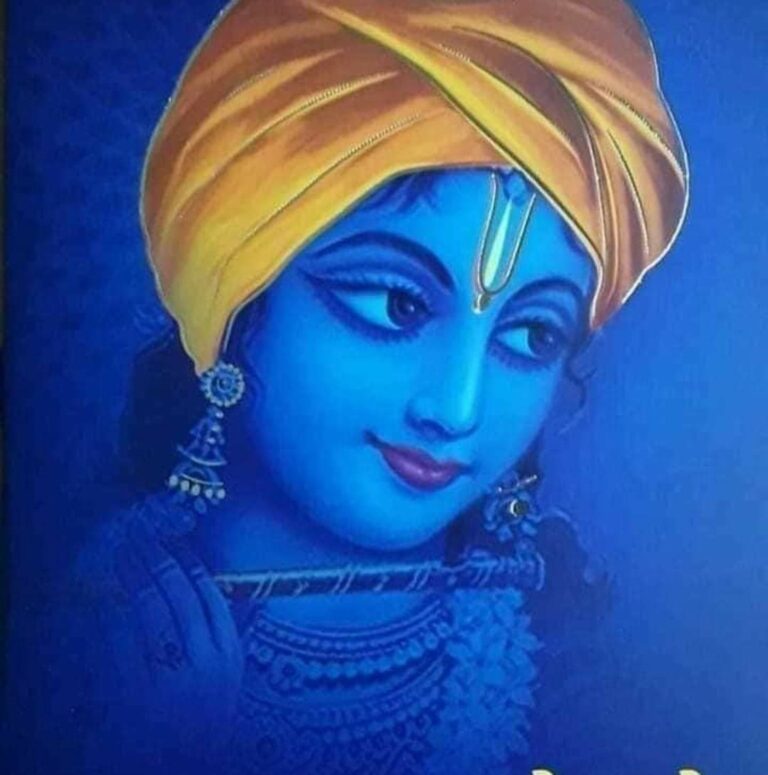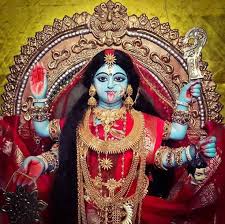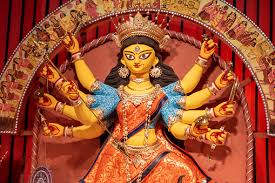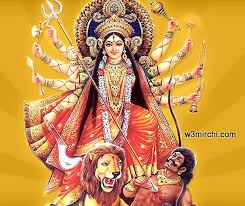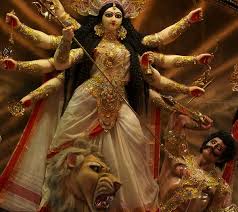एक ज्ञानवर्धक लेख
🥀सनातन धर्म में किसी भी शुभ कार्य या पूजा के समय कलावा बांधने का विशेष महत्व होता है l कोई पूजा-अनुष्ठान सबसे पहले हाथ पर कलावा बांधने से ही शुरू होता है l लेकिन आज हम जानेंगे कि आखिर कलावा हाथ पर क्यों बांधा जाता है? मौली यानी कलावा का शाब्दिक अर्थ होता है सबसे ऊपर और इसे कलाई पर बांधने की वजह से कलावा भी कहा जाता है l कहते हैं कि मौली का वैदिक नाम 🥀उप मणिबंध🥀 है l. इसका तात्पर्य सिर से भी होता है l भगवान शिव के सिर पर चंद्रमा सुसज्जित है.इसलिए उन्हें चंद्रमौली भी कहा जाता है l मौली या कलावे को मुख्यत तीन रंगों के कच्चे सूती धागे से बनाया जाता है l जिनमें लाल, पीला और हरा रंग शामिल है l तीन धागों से अभिप्राय त्रिदेव है l कहा जाता है कि हाथ में मौली या कलावा बांधने से त्रिदेव- ब्रह्मा, विष्णु और महेश और तीनो देवियों- लक्ष्मी, गौरी और सरस्वती की कृपा प्राप्त होती है l कलावे को रक्षासूत्र के रूप में हाथ पर बांधा जाता है l कहते हैं कि,,,,,,,,,,
प्राचीन समय में वृत्रासुर नामक एक राक्षस हुआ करता था. जिसके आतंक से पृथ्वी को मुक्ति दिलाने के लिए देवताओं ने उससे युद्ध किया था और जब देवराज इंद्र इस राक्षस से युद्ध के लिए जा रहे थे तो उनकी पत्नी इन्द्राणी ने उनकी दाहिनी भुजा पर कलावा ( रक्षासूत्र ) बांधकर त्रिदेवों और मां आदिशक्ति से उनकी रक्षा की प्रार्थना की थी l जिसके बाद इंद्र वृत्रासुर को मारकर विजयी हुए तभी से कलावा बांधने की परंपरा चली आ रही है l
शास्त्रों के नियमों के अनुसार पुरुष और अविवाहित स्त्री दाएं हाथ में और विवाहित स्त्री बाएं हाथ में कलावा बंधवाती हैं l
– जब भी कोई पंडित या शास्त्री आपके हाथ में कलावा बांधें तो उस हाथ की मुट्ठी बंद और दूसरा हाथ हमेशा सिर के पीछे होना चाहिए l
-कलावे को हमेशा पांच या सात बार घुमाकर हाथ में बांधना चाहिए l
वहीं अगर आपके हाथ में बंधा कलावा पुराना हो गया है और आप इसे उतारना चाहते हैं तो ध्यान रहे कि पुराने कलावे को हमेशा 🙏मंगलवार या शनिवार🙏 के दिन ही हाथ से उतारें और इसे उतारकर फेंकना नहीं चाहिए बल्कि इसे आप पीपल के पेड़ के नीचे रख दें l
an enlightening article
🥀 In Sanatan Dharma, there is special importance of tying kalava at the time of any auspicious work or worship. Any worship-ritual starts with tying kalava on hand first. But today we will know why kalava is tied on hand after all? The literal meaning of Mauli i.e. Kalava is on top and it is also called Kalava because of tying it on the wrist. It is said that the Vedic name of Mauli is Upa Manibandha. It also means the head. The moon adorns the head of Lord Shiva. That is why he is also called Chandramauli. Mauli or Kalave is mainly made of raw cotton thread of three colors. These include red, yellow and green. l The meaning of the three threads is the trinity. It is said that by tying a mauli or kalawa in the hand, the blessings of the trinity – Brahma, Vishnu and Mahesh and the three goddesses – Lakshmi, Gauri and Saraswati are received. goes l say that,,,,,
In ancient times there used to be a demon named Vritrasura. From whose terror the gods had fought with him to free the earth and when Devraj Indra was going to fight with this demon, his wife Indrani tied Kalava (Rakshasutra) on his right arm and protected him from the Tridevs and Mother Adishakti. Had prayed. After which Indra became victorious by killing Vritrasur, since then the tradition of tying kalava is going on.
According to the rules of the scriptures, men and unmarried women tie Kalava on the right hand and married women on the left hand. – Whenever a Pandit or Shastri ties Kalava in your hand, the fist of that hand should be closed and the other hand should always be behind the head. Kalawa should always be tied in the hand after turning it five or seven times. On the other hand, if the Kalava tied in your hand has become old and you want to remove it, then keep in mind that always take off the old Kalava on Tuesday or Saturday and it should not be thrown away, but you should put it under the Peepal tree. keep it










